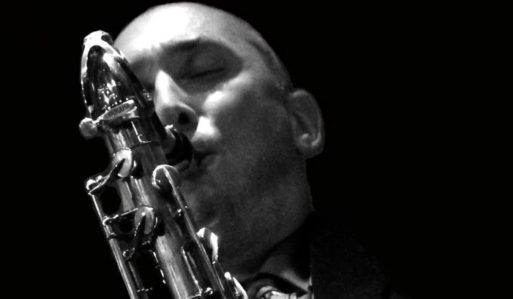When I lived in New York City, I had the transformative experience of taking lessons with Lee Konitz.
In his remarkable Central Park apartment, which had a grand piano in every room, he guided me through exercises that left a lasting impact on my approach to improvisation. He would ask me to sing melodies and then play them back on my horn repeatedly. Initially, he played random chords on the piano, prompting me to sing a short line and replicate it on my instrument. Over time, this evolved into singing over blues and standards while maintaining the same approach.
In the two videos below, I demonstrate how to practice this method, which is fundamentally simple yet challenging in execution. The difficulty lies in hearing clear ideas that align with the progression you are working on. This exercise is invaluable for connecting with your true musical voice and helps you discern when you’re playing from “hand, thought, and muscle memory” versus genuinely playing what you hear and audiate. In a musical culture increasingly fixated on technique, there is often a lack of authentic self-expression that reflects the artistic voice of individual musician. I hope you get as much from this practice as I have over the years!
~ Enjoy!
.
.

.
.
.
.
Matt Otto STORE: AR TRAINING AND BASS DRONES
This is another excellent and straightforward exercise that Lee Konitz often used during our lessons. I’ve reaped numerous benefits from incorporating it, especially when I’m unsure of what to practice on any given day. The exercise involves singing a simple melody and then playing it back on your instrument. Begin with three notes, find those notes on your instrument, and play them. Continue alternating between singing and playing.
It’s important to remember to sing what you hear in your mind, rather than what you think. Avoid letting your fingers or thoughts dictate the melody; instead, sing freely and then figure out those melodies on your instrument. Sometimes, as you sing, you might instinctively know the fingerings, which is perfectly fine. Just ensure that your fingers do not guide your ear or inner voice (audiation). Over time, you’ll be able to discern whether you’re truly “hearing” in the moment.
.
.
To help support the blog you can buy one or more of the educational resources below:
Buy Major Modes Ear Training Series
Buy Melodic Minor Modes Ear Training Series
Buy Bass Drones to support the blog:
